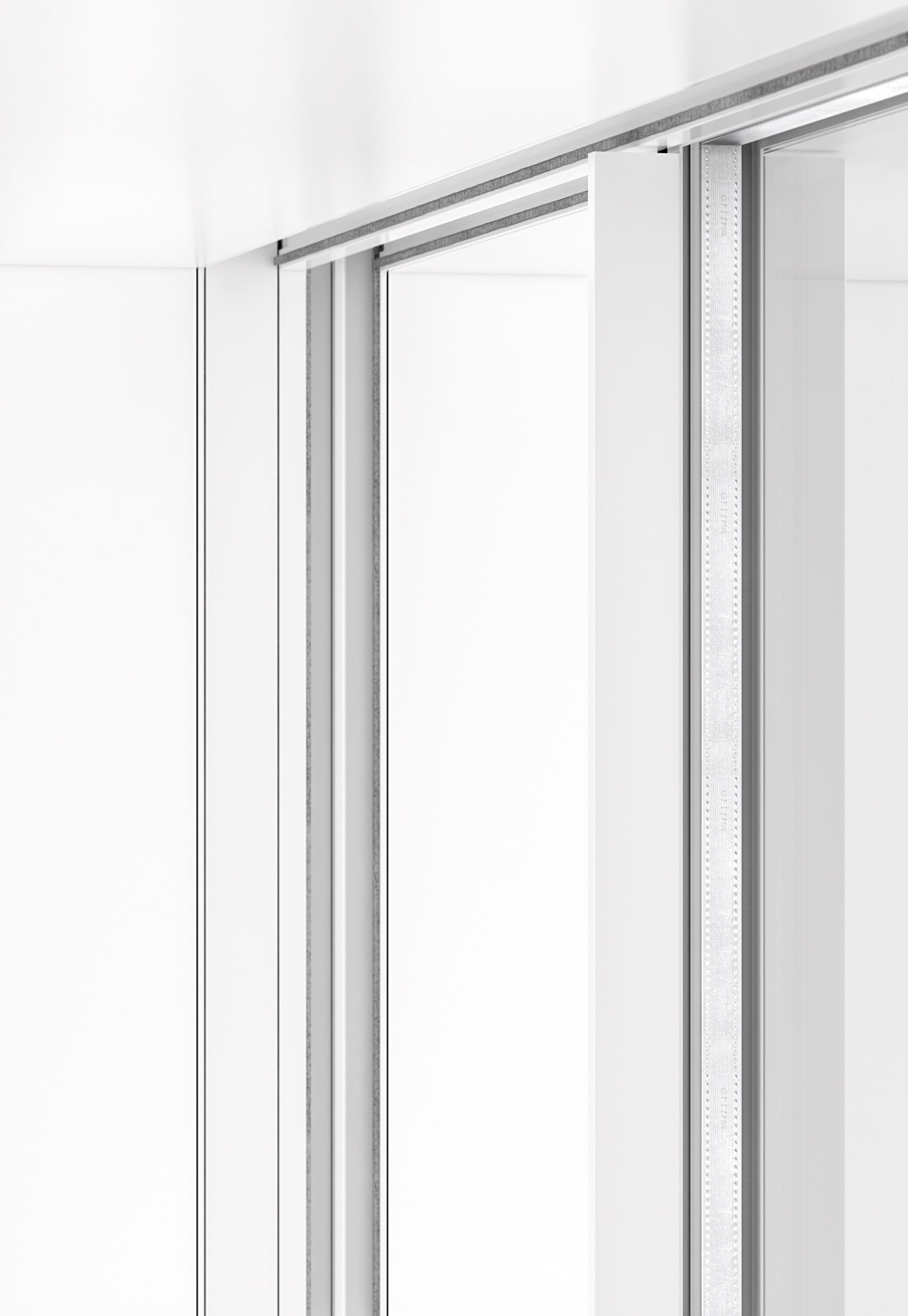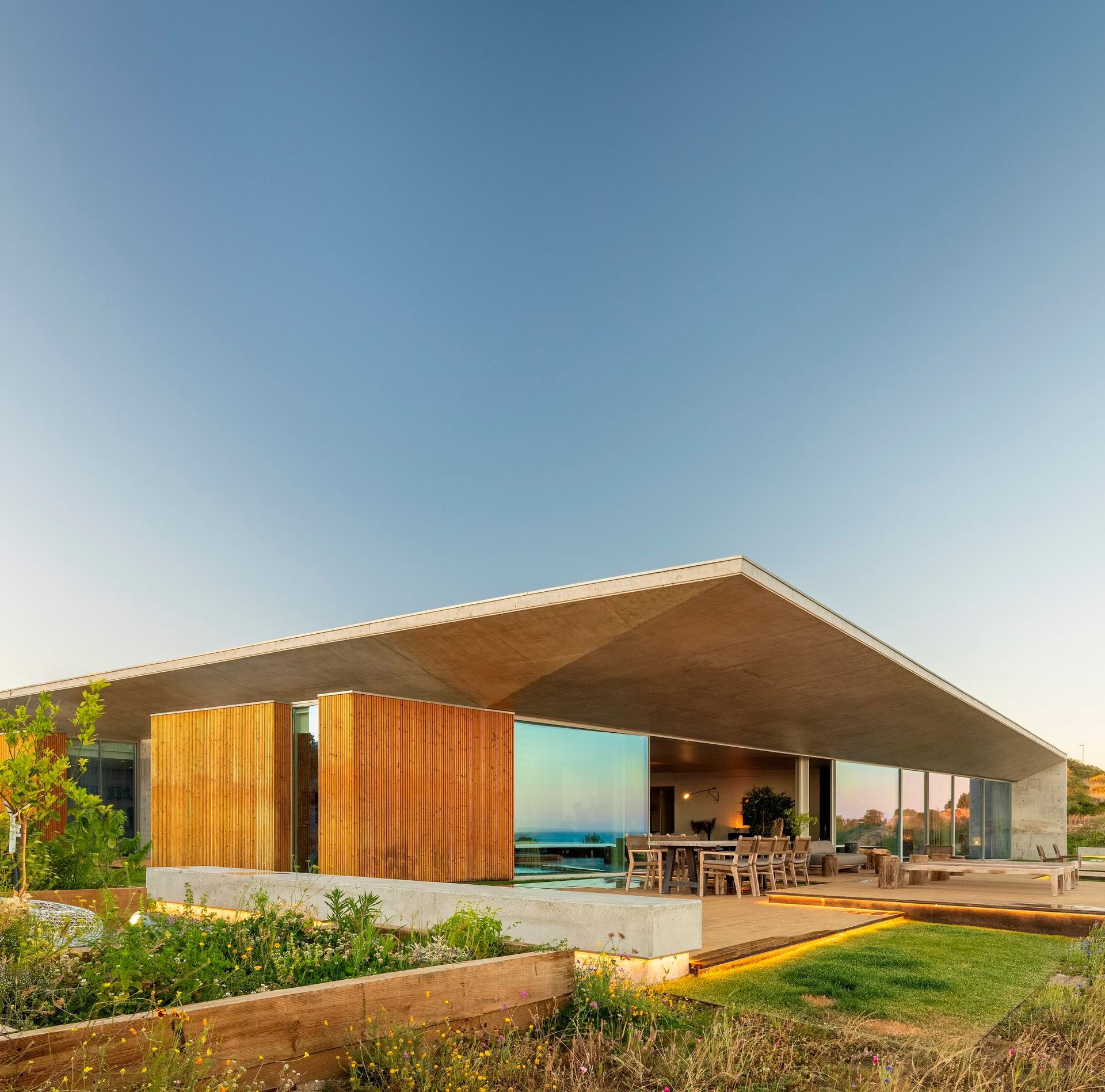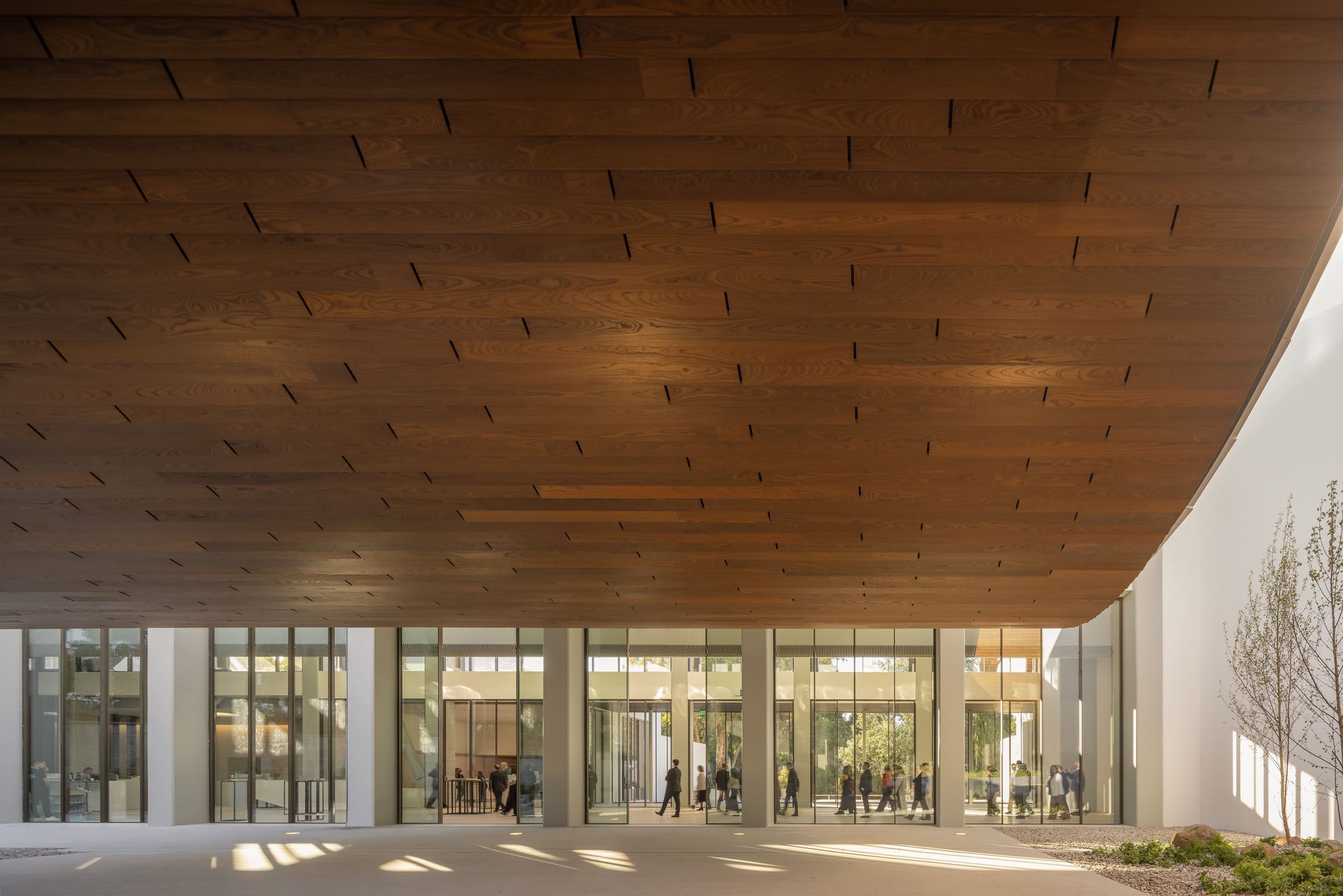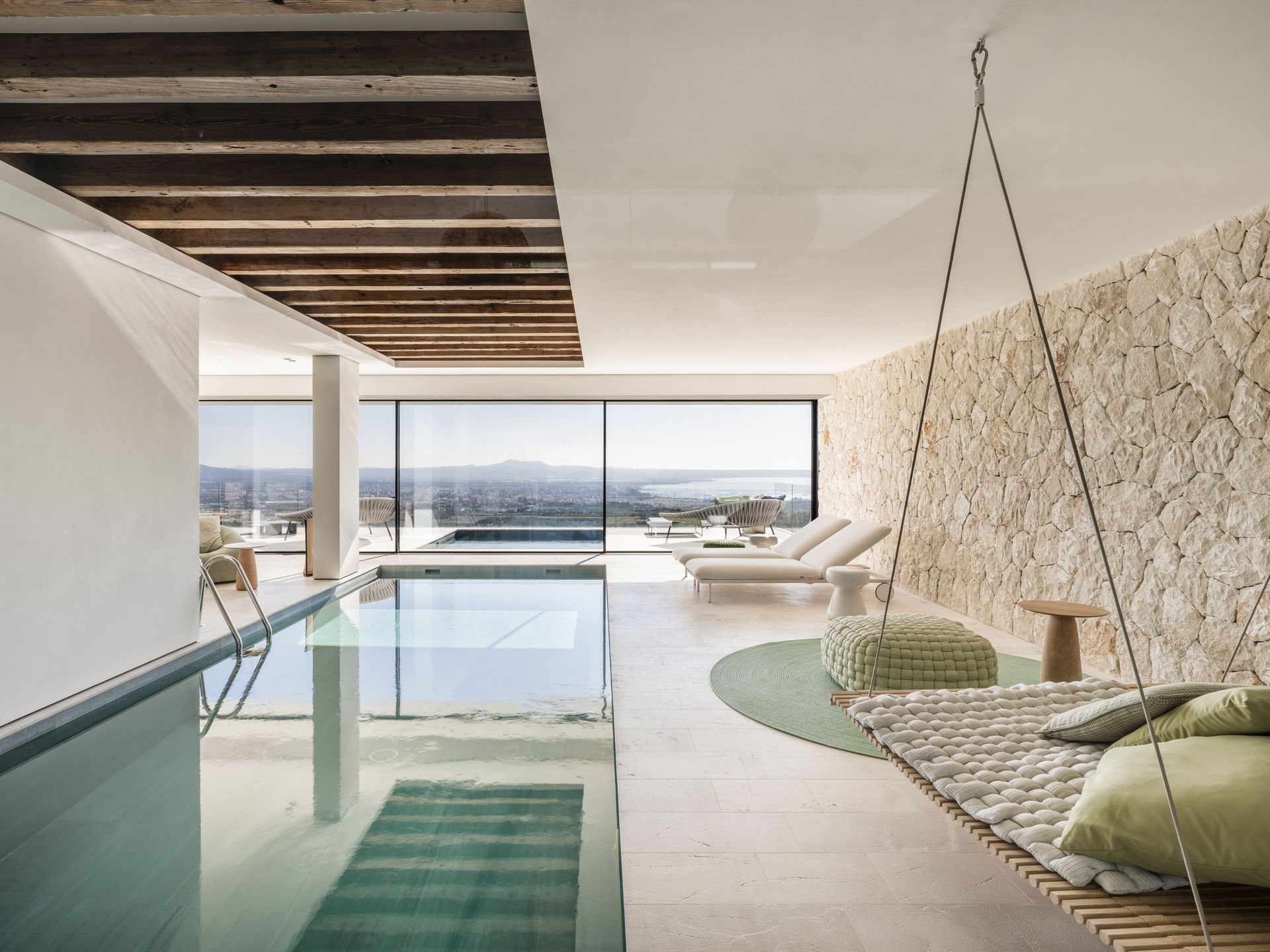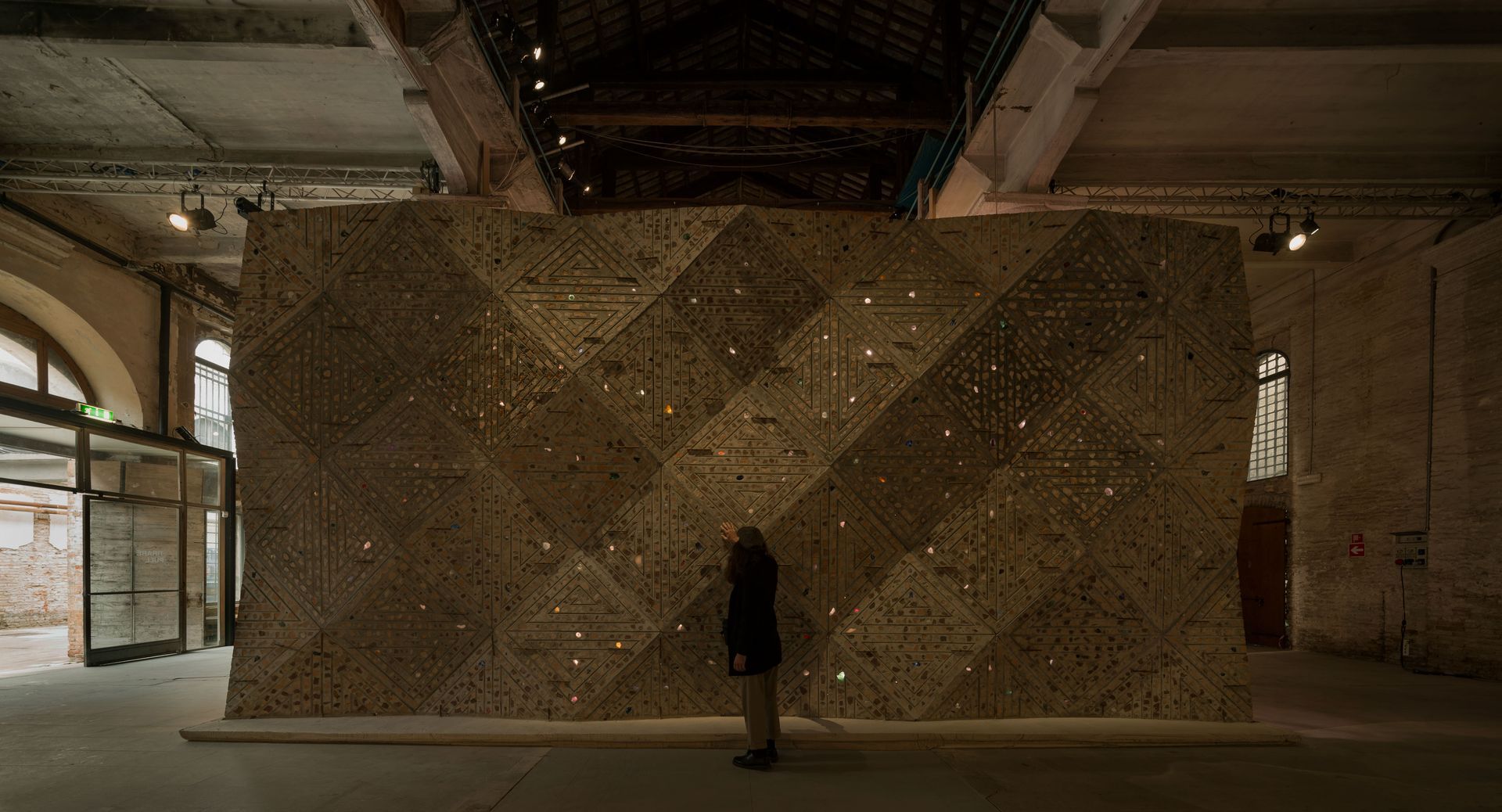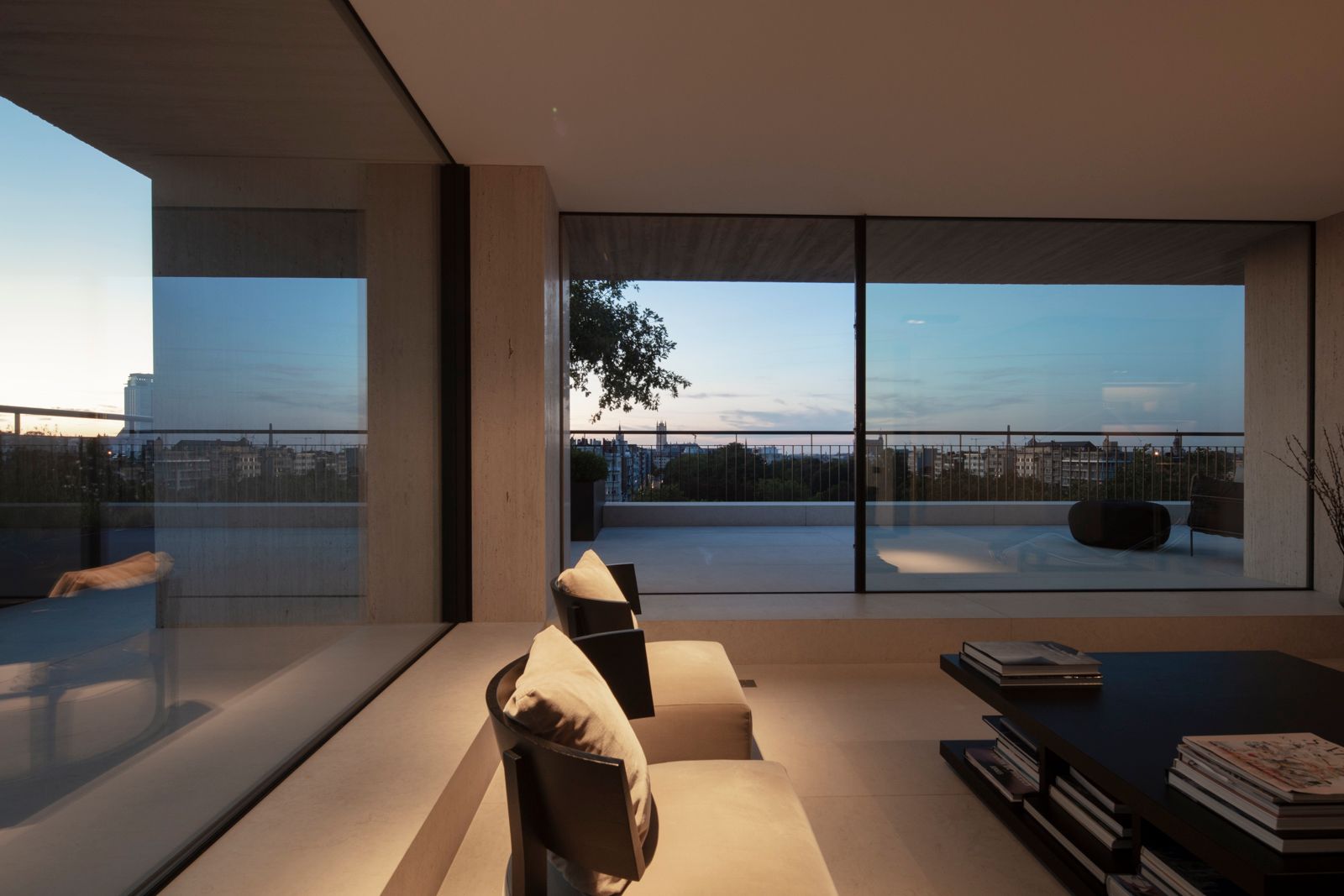An Architect’s Guide to Windows
When it comes to architecture, windows are never just windows. They frame views, bring in light, connect inside and out, and define the character of a space. For architects, choosing the right window system is a design decision as critical as any other.
In this guide, we break down what you need to consider when specifying windows beyond aesthetics. From minimal frames to performance under pressure, this is your essential reference.

RT Abbott © Adrian Teimens
1. Start with the Architectural Intent
Every project begins with a vision. Do you want to blur the boundary between indoors and outdoors? Maximize natural light? Create a bold contrast between solid and void?
Windows should follow the architectural narrative. Large-scale openings suggest openness and flow. Slender frames convey precision and lightness. Operable panels can add flexibility to static volumes. Define the story and let the windows become part of the script.
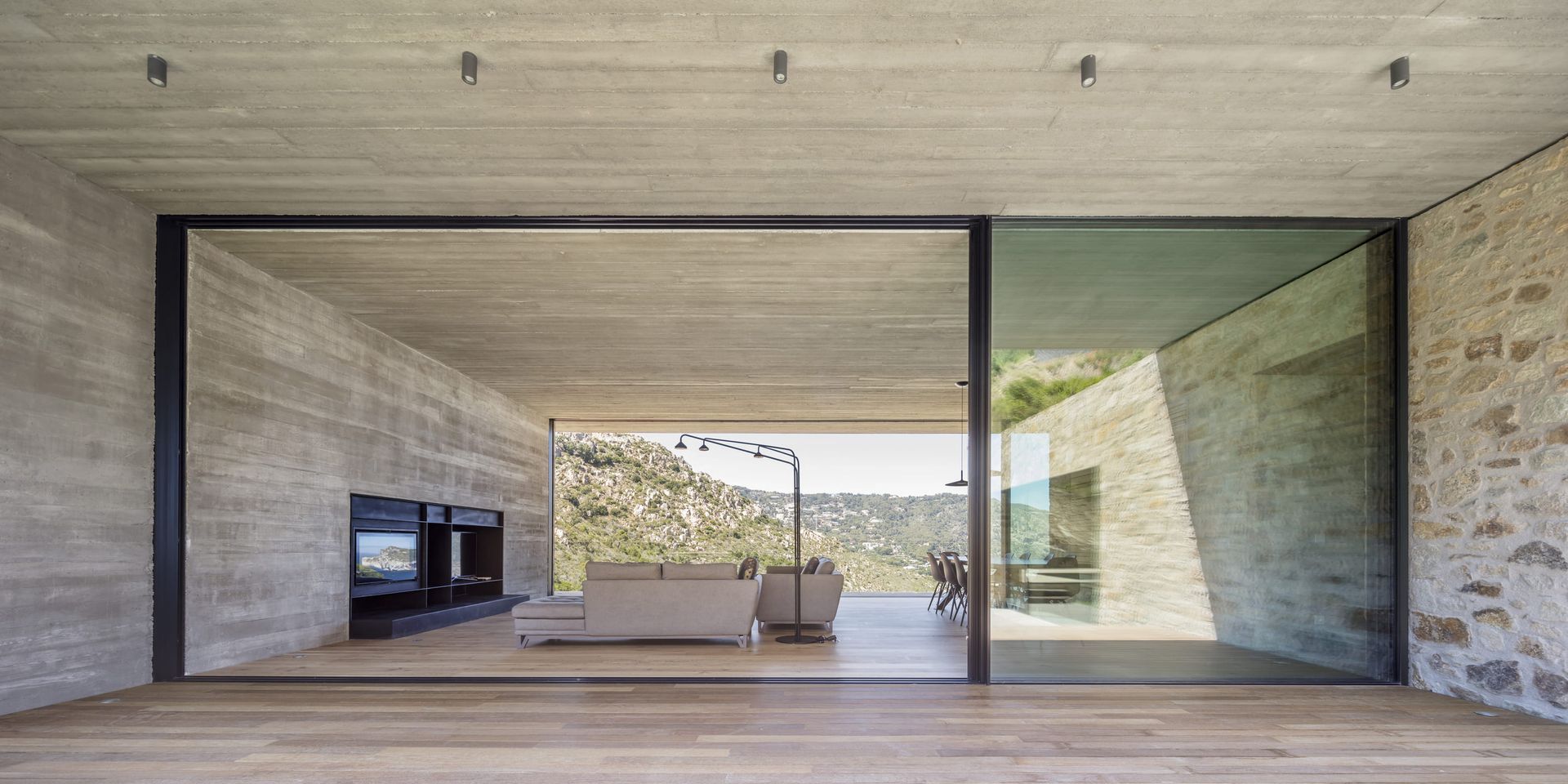
CASA 1510 © Adrià Goula
2. Prioritize Performance
Great design should perform as well as it looks.
- Thermal insulation is essential, especially in extreme climates.
- Air and water tightness ensure long-term comfort and durability.
- Structural resistance is crucial when working with large panes or in exposed locations.
- Solar control helps balance transparency and energy efficiency.
The ideal window system meets performance standards without compromising your design vision.
3. Think Minimal, Build Maximal
Minimalist frames aren’t just a trend; they’re a technical achievement. The less you see, the more you perceive. By reducing visible aluminum to its purest form, you elevate the space around it.
Systems like
OTIIMA Fusion and
OTIIMA Vision allow for seamless integration of glass with architecture. Invisible frames, hidden sashes, flush thresholds. It’s about subtraction to achieve purity.
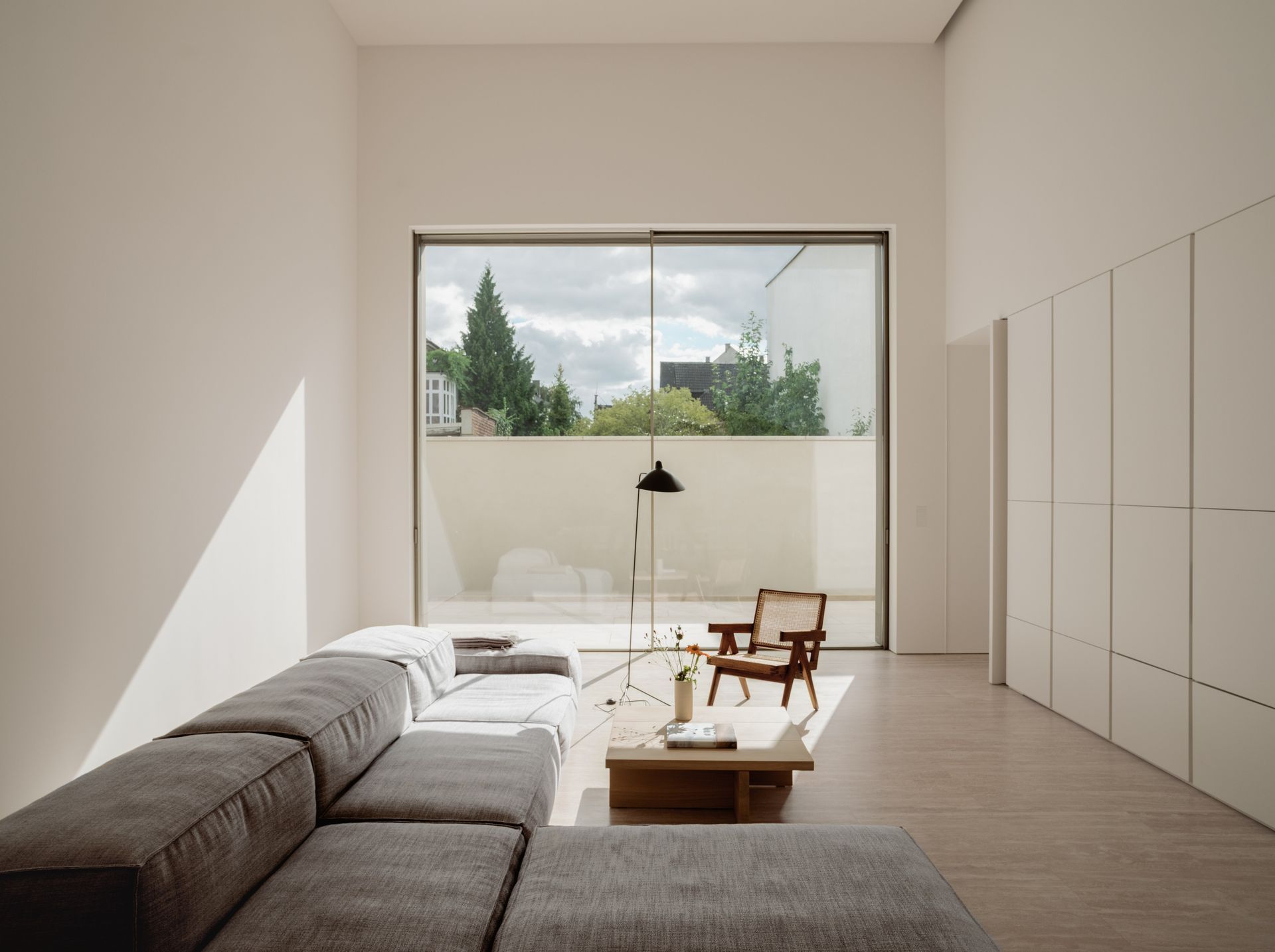
Giessen House @Harry Crowder
4. Detail is Everything
No window stands alone. Consider how it interacts with walls, floors, and ceilings, as well as how it integrates with shading systems, motorization, or home automation. Pay attention to drainage, condensation, and acoustic insulation.
Every millimeter counts, especially when designing for accuracy and control.
That’s why collaboration between the architect, engineer, and manufacturer is crucial from the start. The earlier you define the window system, the smoother the process and the better the result.
5. Trust Innovation and Craftsmanship
Advanced window systems require more than just design; they demand engineering expertise. Look for partners who combine innovation, technology, and craftsmanship. Who can push boundaries without cutting corners? Who offers custom solutions tailored to your design, not the other way around?
At
OTIIMA, we work side by side with architects worldwide to deliver architectural glazing systems that perform, inspire, and endure.

Aluminium house © Diego Opazo
Final Thoughts
Windows are a tool, a statement, a promise. As an architect, you have the power to turn them into an experience of light, space, and clarity.
Choose systems that respect your design. Demand performance that stands the test of time. And never settle for less than architectural excellence
Explore OTIIMA systems or get in touch with our team.
